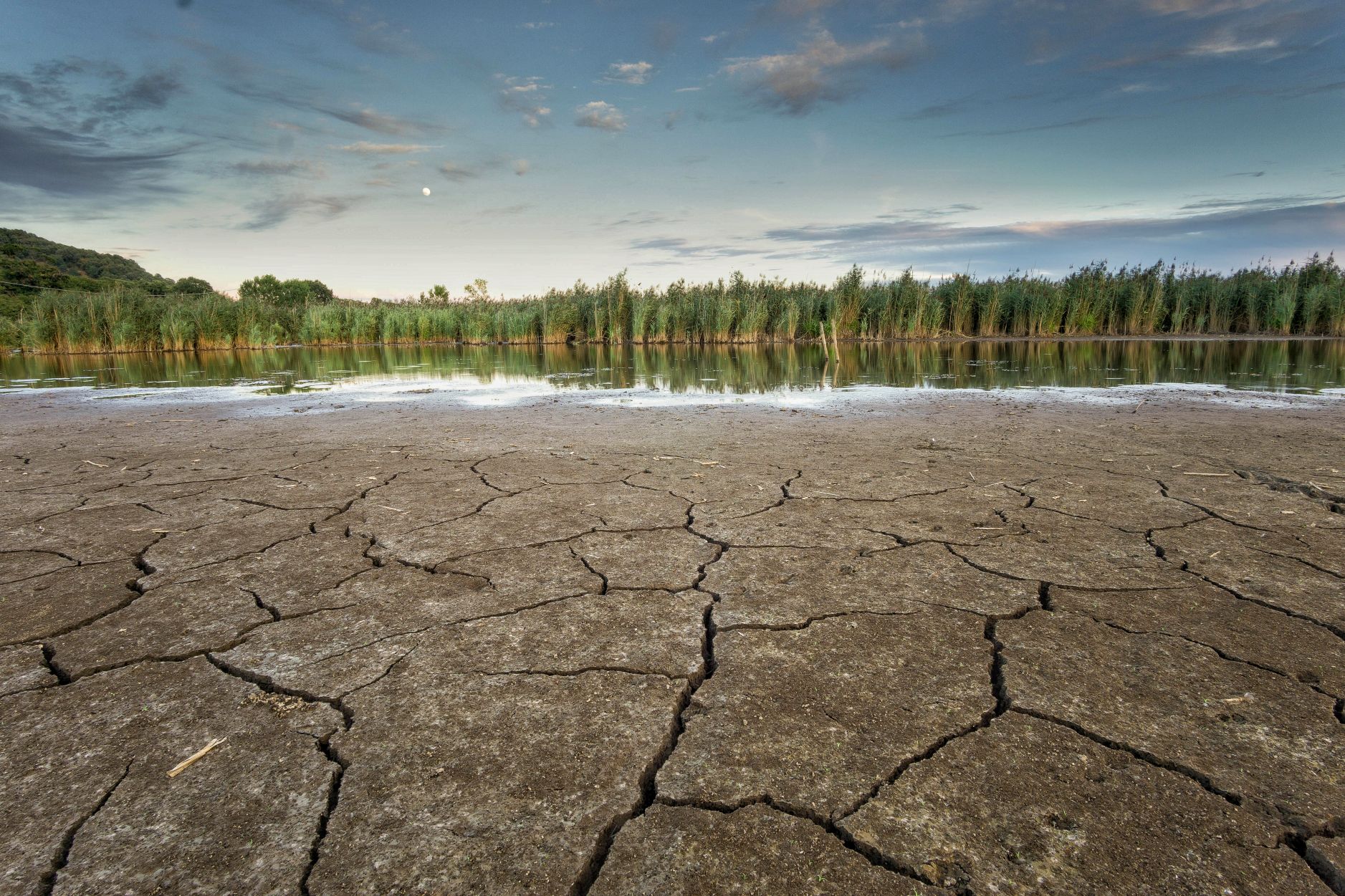Think of Earth’s water cycle as a well-choreographed dance, and climate change has started remixing the music. Some places are now drenched with extreme rain and flooding, while others are drying up under record-breaking droughts.
Between 2015 and 2020, Cape Town, South Africa, faced a severe drought so extreme that officials warned the city was nearly out of water, calling it “Day Zero.”
Scientists have puzzled over whether these events are just natural hiccups or driven by human-made climate change. Models suggest warming plays a role, but models aren’t the whole story, so researchers are digging into Earth’s past to see what history might reveal.
In a new study, published in Nature Communications, researchers analyzed ancient plant matter preserved in a column of sediment drilled off the coast of South Africa. By analyzing hydrogen isotopes inside the plants from the rainfall, they could trace what the climate was like long ago.
New technology to monitor near-real-time drought conditions
They focused on a time called the Mid-Pleistocene Transition, about 1.25 to 0.7 million years ago, when Earth’s ice ages and atmosphere changed dramatically.
They found that shifts in global air circulation, especially the Hadley cell (which moves air between the equator and 30° latitude), caused swings between wet and dry periods in Southern Africa, similar to the extreme drought Cape Town faced during its “Day Zero” crisis.
The study shows that Earth’s climate has dramatically shifted before, triggering drought patterns like those seen in Cape Town’s “Day Zero” crisis. These ancient changes mirror today’s extremes, pointing to global climate change as a key driver behind such events, both in the past and now.
EES graduate Claire Rubbelke ’25 Ph.D. said, “One big question I’m left with is whether these short droughts—and the Day Zero drought was relatively short-lived—will become more prolonged and eventually a permanent feature of the regional climate. The fact that past droughts appear in the sediment record suggests they persisted for many years.”
Drought might not be the driver behind the disruption of Maya society
In her future postdoctoral work, Rubbelke aims to study rainfall patterns along Africa’s eastern coast to compare them with past changes in the southwest. She hopes to uncover how shifting precipitation influenced early human evolution, especially in regions like the Cradle of Humankind. By examining how changes in vegetation and water sources affected where hominin species lived and thrived, her research could shed light on the environmental pressures that shaped our ancient ancestors.
Journal Reference:
- Rubbelke, C.B., Bhattacharya, T., Farnsworth, A., et al. Southern Hemisphere subtropical front impacts on Southern African hydroclimate across the Mid-Pleistocene Transition. Nat Commun 16, 3501 (2025). DOI: 10.1038/s41467-025-58792-5
